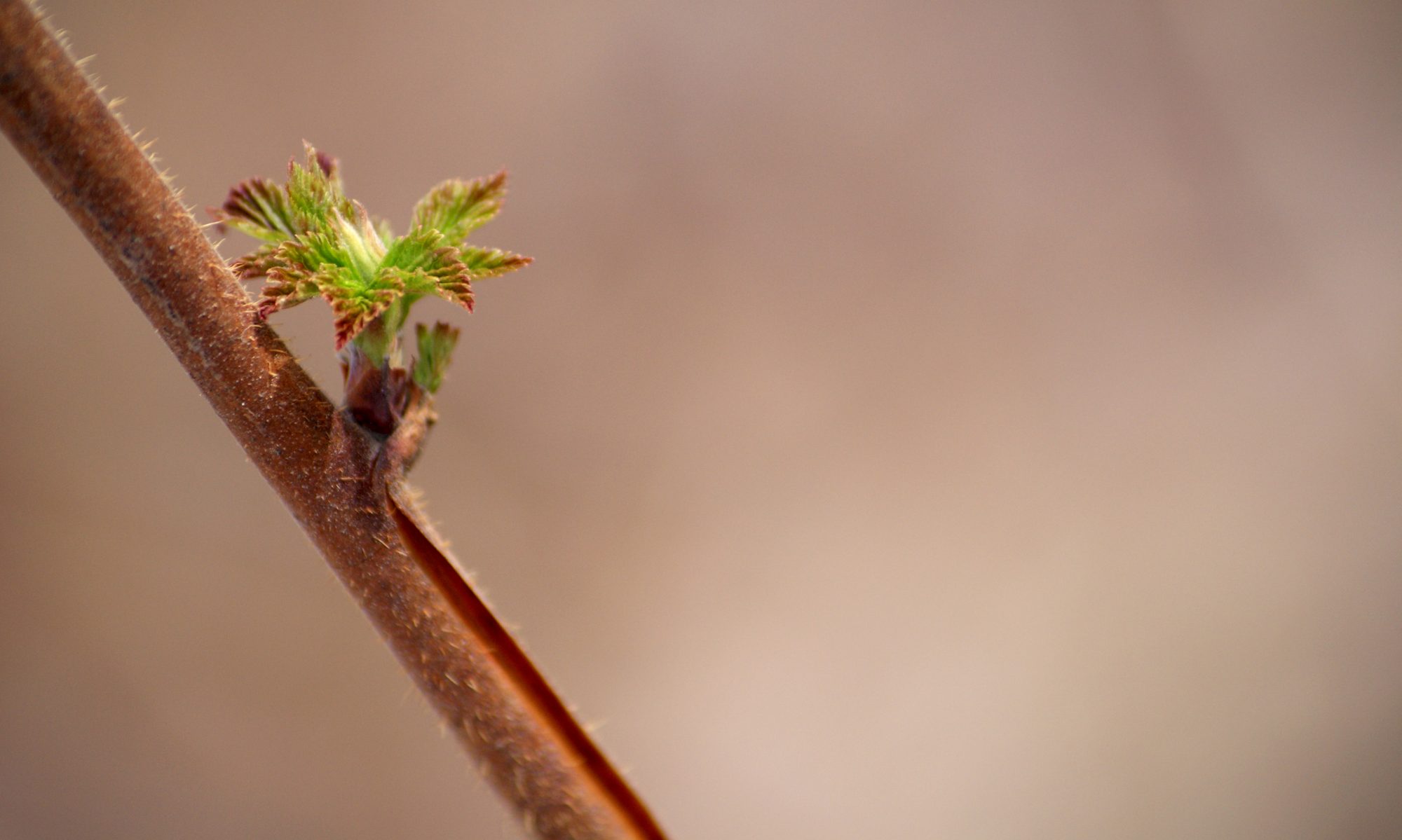I’m always a good several months behind in reading my National Geographic subscription. Recently I was working my way through the August 2014 issue and got to a fantastic article (I can’t remember very many National Geographic articles that aren’t fantastic) about Franz Josef Land – an isolated archipelago in Russia’s region of the Arctic Circle.
I enjoyed the entire article, of course. But a particular quote that caught me quite off guard and has caused me to ruminate for the past few days. Digesting that glossy cellulose can be difficult for gut microbes. Here’s what I read:
(National Geographic Explorer-in-Residence Enric Sala) was a professor at the Scripps Institution of Oceanography, teaching grad students about food webs and marine conservation but dissatisfied with his contribution to the world. “I saw myself as refining the obituary of nature, with increased precision,” he tells me during a conversation aboard the Polaris. His distress at the continuing trends of ecosystem degradation and species loss, in marine as well as terrestrial realms, led him out of academia. “I wanted to try to fix the problem,” he says. So in 2005 he assembled a SWAT team of scientists, including experts on marine microbes, algae, invertebrates, and fish, and sailed for the northern Line Islands, a remote cluster of coral outcrops in the Pacific about a thousand nautical miles south of Hawaii.
Oftentimes there is a disconnect somewhere between what a person thinks, what they say, what a journalist thinks they said, what an editor decides, and what ends up being printed on paper. I’ve experienced that, as has anyone who has been interviewed by the media for just about anything. So I’ll give Dr. Sala the benefit of the doubt here, but will comment on the way that this has been presented by National Geographic.
The implication in this clip of text, intentional or not, is that the job of teaching biology and natural history is task that does not have important conservation implications. I beg to differ.
In fact, I would argue that teaching is at least as important as data collection. Yes, there are the more obvious conservation roles that are more easily noticed than a professor in front of a lecture hall or guiding a group in the field or the lab. These include conservation officers, engaged politicians, park rangers, environment/agriculture/forestry/parks ministry employees, thoughtful farmers and foresters, academic/industry/government scientists, environmental consultants, NGO employees, public health nurses and physicians, and National Geographic Explorers-in-Residence. Those individuals are analogous to the soldiers fighting the battle on the front lines. But, as with any army, those front line soldiers would not do well if they were just dumped in front of the enemy with a loaded rifle and a “good luck.”
Winning battles, and ultimately winning a war, requires that soldiers be trained. Trained to operate independently. Trained to work in teams. Trained to understand the terrain. Trained to work with the equipment. Trained to get results. Academic teaching done correctly and enthusiastically – and with a focus on natural history and conservation – is a vital part of the basic training that conservation professions require in order for efficacy. Dr. Sala is undoubtedly the engaged conservationist and excellent scientist that he is in some very large part due to that basic training in an academic setting.
Beyond that, those of us who collect and synthesize data have not done our jobs completely if we do not also bring those results and their implications to a wider scientific and lay public. By participating in this National Geographic feature (indeed, by working for National Geographic) Dr. Sala has simply exchanged his teaching role from a classroom to the pages of a magazine. When we conduct research and then present it at a conference, in a scientific paper, in a classroom or field course, in a textbook, in a magazine, or on a radio or television program, we are teaching. Teaching, in whatever context, goes hand-in-hand with the scientific endeavor. I am taught when I read a colleague’s paper, even if I am reading her paper decades after she wrote it. She wrote it to teach me and others about phenomena that she had observed. When I take what I have learned from her study into the classroom and present it well, my students, I would hope, are better off for it and are better prepared as engaged conservationists as they prepare to work to protect habitats, species, ecosystems, and societies.
There is no doubt that the work of conservation in the face of massive, global anthropogenic influence is a vital and growing concern. Looking at the data, it sure seems that we are too often losing important battles. Dr. Sala is correct to be concerned about being caught up in “…refining the obituary of nature…” But the best way to stop writing that obituary is to bring the wonder and amazement and necessity of our natural world into the metaphorical “classroom” by bringing relevant research results (our own and those of others) to students. This is one of the best ways to create authentic, engaged, and active young conservationists who will fill traditional conservation roles or who will be conservation vocationists and ambassadors in whatever profession they ultimately choose.
Teaching is the hard and often unnoticed basic training work of conservation. And that’s why I choose to do it.
